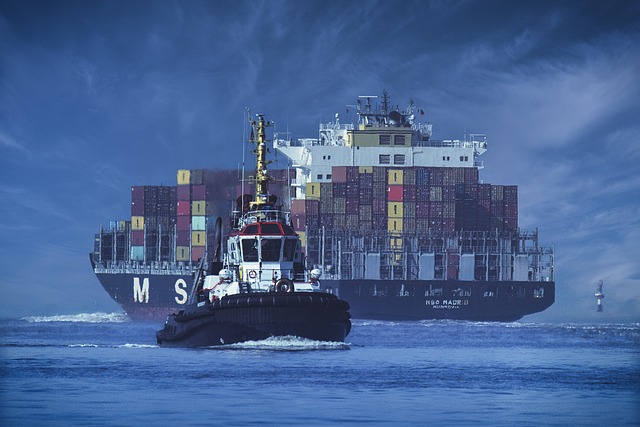International vehicle shipping involves complex cost calculations based on distance, vehicle type, origin/destination regulations, and market rates. Research multiple shipping methods (air freight, container ships, Ro-Ro) with distinct pricing and timeframes. Obtain competitive quotes from various carriers, ensuring all-inclusive prices. Book the shipment through the provider's platform, maintaining updated documentation to avoid delays. Customs clearance, documentation fees, and insurance add substantial costs varying by country regulations, influencing overall international vehicle shipping expenses.
Shipping a vehicle internationally can seem like a complex and costly endeavor. This comprehensive guide breaks down the factors influencing international vehicle shipping costs, from distance and weight to destination and season. We’ll walk you through the process of estimating and booking, offering insights into hidden expenses and providing a detailed cost breakdown to ensure you’re informed every step of the way. Understand the true price of moving your vehicle abroad with our expert advice on international vehicle shipping.
- Understanding International Vehicle Shipping Costs: Factors That Influence Pricing
- The Process of Estimating and Booking International Vehicle Shipping
- Cost Breakdown: Detailed Expenses for Shipping a Vehicle Abroad
Understanding International Vehicle Shipping Costs: Factors That Influence Pricing

Shipping a vehicle internationally can be complex, and costs vary significantly based on several factors. Understanding these influences is crucial for anyone considering such a move. One of the primary determinants is distance; the longer the journey, the higher the charges due to increased fuel consumption and potential customs delays. Additionally, the type of vehicle plays a significant role; heavier or larger cars will incur more expenses.
Other key factors include the origin and destination countries’ regulations, which can impact paperwork, taxes, and additional fees. The current market rates for international shipping services also fluctuate, affecting overall costs. Furthermore, specialized transport methods, like air freight or container ships, come at premium prices compared to standard cargo vessels, especially for smaller vehicles. These variables make it essential for customers to research thoroughly and seek quotes from multiple carriers to get a clear picture of international vehicle shipping expenses.
The Process of Estimating and Booking International Vehicle Shipping

Estimating and booking international vehicle shipping involves several steps, each crucial in ensuring a smooth process. First, determine the type of vehicle and its specifications, as this influences both weight and dimensions, critical factors in calculating shipping costs. Research various shipping methods, such as containerized transport or roll-on/roll-off (Ro-Ro) for vehicles driven on highways, each with its own pricing structure and potential timeframes.
Next, obtain quotes from multiple international shipping companies, comparing their services, prices, and customer reviews. Pay close attention to the quoted price, which should be all-inclusive, covering port fees, insurance, and customs clearance. Once satisfied with a provider’s offer, book the shipment through their platform or directly with your chosen company. Ensure all documentation is in order, including vehicle registration papers and any necessary export/import permits, to avoid delays at border crossings.
Cost Breakdown: Detailed Expenses for Shipping a Vehicle Abroad

Shipping a vehicle abroad involves a complex web of costs, each playing a crucial role in the overall expense. The breakdown of expenses can be quite intricate, with various factors influencing the final price. One of the primary determiners is the distance traveled; longer routes typically incur higher charges due to increased fuel consumption and potential transit time. Additionally, the weight and dimensions of the vehicle significantly impact the cost, as larger or heavier cars demand more resources for shipping.
The choice of transportation method is another significant factor in international vehicle shipping. Whether it’s a cargo ship, airplane, or train, each has its price points. Air freight, for instance, is often the fastest but most expensive option due to the specialized handling and limited space availability. In contrast, sea freight is the most cost-effective but also takes the longest time. Furthermore, customs clearance, documentation fees, and insurance are essential considerations that can add substantial amounts to the overall expense, especially when navigating different countries’ regulations and requirements.
Shipping a vehicle internationally involves a complex set of factors that can significantly impact the overall cost. By understanding these variables and following the outlined process, you can ensure a smoother and more cost-effective experience. Each step, from estimation to booking and breakdown of expenses, is crucial in navigating the world of international vehicle shipping. Remember, careful planning and knowledge of the costs involved are key to a successful and affordable journey for your vehicle abroad.
